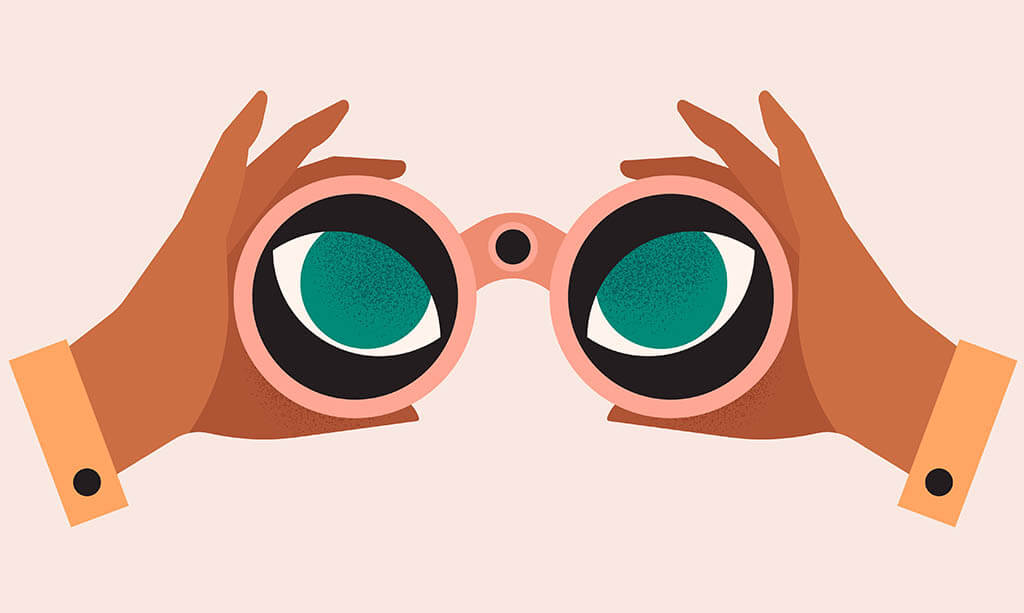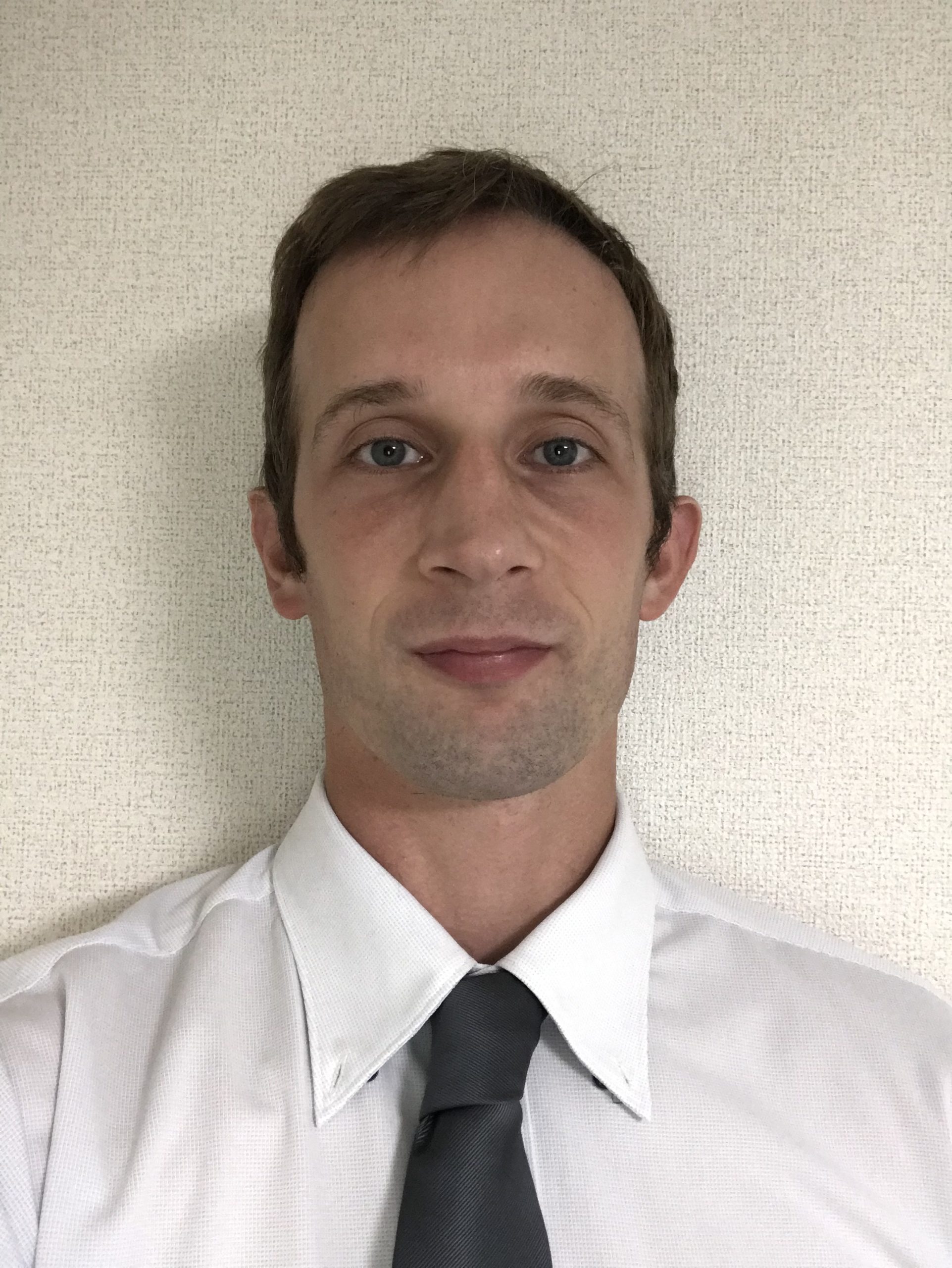
The main goals of this adult ESL lesson plan are to:
- – Build personal image vocabulary including “charisma,” “inner beauty,” and professional phrases like “good impression” while exploring cultural taboos and social acceptability.
- – Practice abstract noun patterns with relative clauses through sentence completion and grammar exercises about appearance and manners.
- – Engage in reflective discussions about self-perception versus how others see us while watching videos about image consciousness using these english teaching materials.
In this adult ESL lesson plan, students practice a range of vocabulary related to personal image and how people like to be portrayed to others. Students review common patterns which are used with abstract nouns and relative clauses to improve collocations. The lesson builds to a reflective discussion between teacher and student about appearance and image, and why the way we see ourselves is often different to the way other people see us.
Warm-up
The lesson starts with the following question: What did your parents teach you about good manners when you were young?
The student reads an extract from an article on meeting new colleagues for the first time. Then, they discuss the questions with the teacher.
New phrases are extracted from the text for the student to match them with their meanings (good impression, over-familiar, not the done thing, etc.) Then, they use them to replace the underlined parts of sentences.
Pick a card
The student picks a card to reveal a situation and discusses whether the situation described is considered acceptable or unacceptable in their country. In the second part of this activity, the student decides which situations depend on the social context or the age of a person.
Then, they discuss taboos in their own culture.
Grammar: Patterns with abstract nouns and relative clauses.
Several patterns with abstract nouns and relative clauses are introduced. The student then completes sentences and patterns with the correct relative pronouns.
Vocabulary: Image
This part starts with the student discussing what kinds of people need to be image-conscious and which don’t.
New vocabulary is introduced through a matching exercise (charisma, inner beauty, image consultant, etc.) and the student uses them to complete sentences in the following exercise.
Video: Why do we hate seeing images of ourselves?
After watching a video explaining why we hate seeing images of ourselves, the student does a video comprehension exercise9 and discusses questions related to the video.

What Do Animals Really Understand?
The main goals of this ESL lesson plan are to:
–…
How Much Money is Enough?
The main goals of this ESL lesson plan are to:
–…
Eyes Wide Shut: Why We Fail to Recognize Our Mistakes
The main goals of this ESL lesson plan are to:
–…



sUPERRRRR!!!!
glad you enjoyed it :)